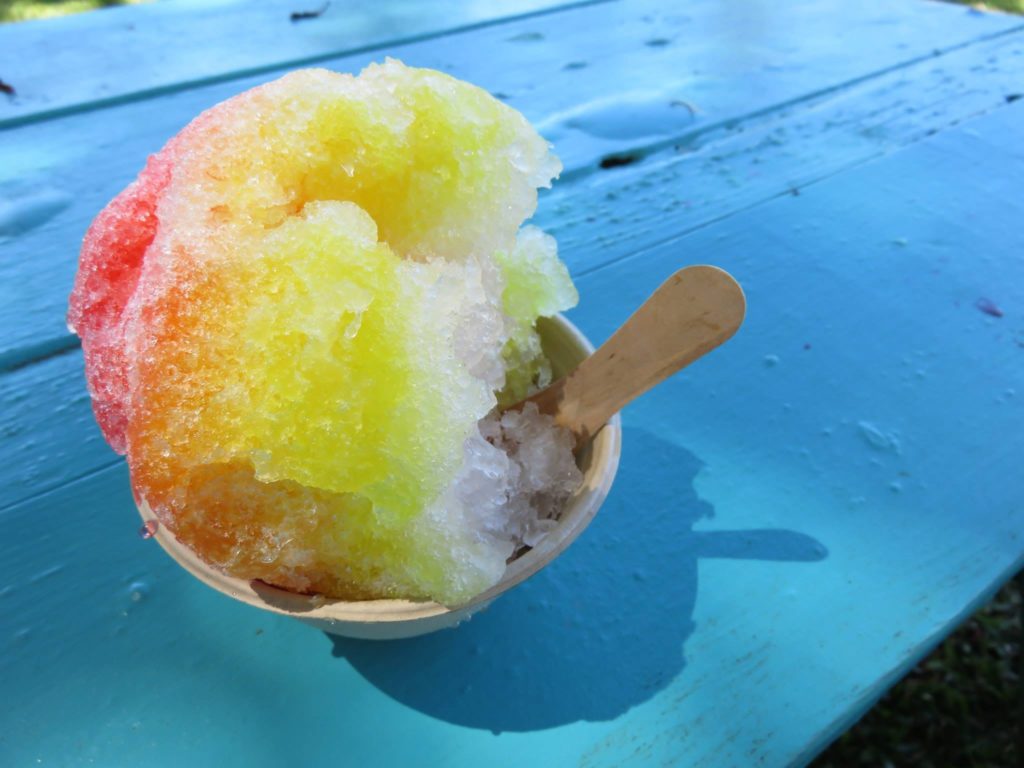Ice is generally a commodity that a lot of people disregard because of its simplicity and availability. It is something that is seen in daily living, which is why most people do not give it as much attention. However, the modern world has given this commodity a brand-new image especially in the field of art.
Numerous art forms have given birth to ice’s new role in society, something that transcends giving coldness to the warmth. In this column, we would like to explore the various artistic uses associated with ice and how people view them today.
Ice in Old Japan
In the days when there were no refrigerators or ice makers, ice was invaluable. During the winter, natural ice is cut out and stored in a storage facility called “himuro” built in the cave at the foot of the mountain. During the summer season, the ice is cut out and transported to the capital, for the consumption of the royalties in the palace. Naturally, the ice melted while it was being transported, and the ice had become smaller by the time it arrives at the Imperial Palace. Only some aristocrats were able to shave the ice with a knife and eat it.
By the onset of the Nara Period, records show that ice houses are slowly established to serve the emperor. In fact, there was a tradition recorded during the Edo period where ice was given as a gift to the emperor. Natural ice from snow was cut out during winter, preserved, until it can be presented directly by the Kaga district to the emperor every June 1st.
At the end of the Edo period, it became possible to carry a large amount of northern ice to Edo by ship, and ice became familiar to the common people. It was not until the Meiji era that the first ice shop in Japan opened and ordinary people could also consume ice water.
The biggest breakthrough of ice in Japanese history is its arrival from abroad, particularly from America through the Port of Yokohama. The said ice import was said to have traversed through Africa from Boson, USA and about the size of mandarin orange box, but with a weight equivalent to three cars.
Birth of Kaki-kori or Shaved Ice Dessert
As ice shops become more widespread in Japan, ice becomes more accessible to the people.
It was Kabei Nakagawa who paid attention to this good opportunity. He was originally from Mikawa Province, but later became an affluent businessman in Yokohama. He owned several business ventures, including a beef and milk shop, both of which are highly perishable goods without ice. Owing to a missionary from abroad, he learned that ice could be used for curing and preserving goods. However, his idea did not stop there as he envisioned access to ice as a sign that a greater majority of people should be able to enjoy something out of it.
With this, he thought of giving flavor to ice and paved the way for the opening of Japan’s first shaved ice dessert shop in Bashamichi Street, Yokohama Japan. He called his shop, Hyomizuya. The ice he offered was sourced from Lake Suwa in Hakodate, Sapporo.
As with any pioneer product, the initial sales were dismal due to the rumor that ice desserts give stomachache. However, summer came, and the heat was giving everyone the thirst for something to cool themselves and Nakagawa’s ice desserts were a hit. It was said that you could not get your hands on his product without falling in line for 2 hours as it became a widely popular item in the neighborhood.
Today, different versions of ice desserts are present and they differ by country. For instance, Taiwan has its own Sheperpin that may be translated as snow shaved ice. South Korea, on the other hand, has its own Bingsu, which is made from really fine ice that almost makes it look fluffy in appearance and soft in taste. Different toppings in the form of beans, fruits, syrups, flakes, and the like are also incorporated to create a shower of flavors in the mouth.

